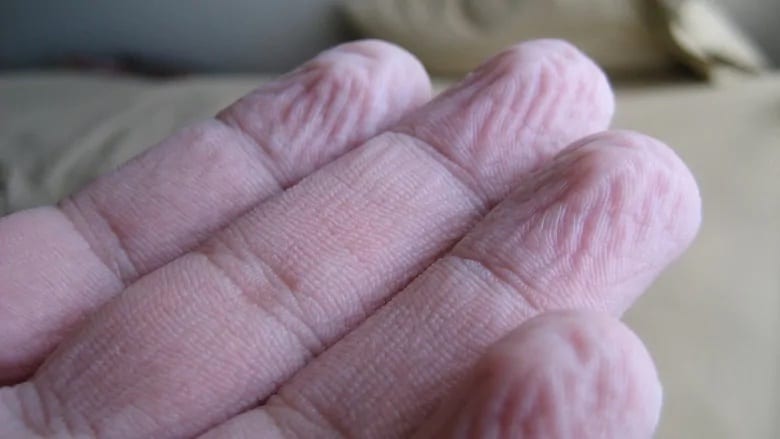I have been lucky enough to score a copy of the new book by Dr David Butler and Prof Lorimer Moseley ‘Explain Pain Supercharged‘.
Lucky because according to the guys at NOI headquarters, this was the last one left in Australia. They all seemed very envious (thanks to Tim Cocks for putting one aside for me!!!!).
This book brings together all the current science on pain and also education. It helps with how to get the important messages across to a pain-sufferer without rocking their world too much. Explain Pain Supercharged is aimed at health professionals and nerdy people who want to understand more than the basic concepts.
Right from the start of the book, there is a stark reminder of the current reality about persistent pain.
It is incredible to think that at any one time, 20% of the world’s population has pain that has persisted longer than three months!
I know that as physios, we only get to see a tiny fraction of those people. Even GPs only get to see a fraction of these people about their persistent pain problems.
A lot of people just put up with what they have.
A lot of people struggle to understand why their pain is still there after things have had plenty of time to heal. Mins you, so do a lot of health professionals.
A lot of people have seen multiple health practitioners (doctors, physios, chiros, osteopaths, fish slappers) and have had multiple diagnoses given to them, further confusing the issue.
One thing that is known and proven is that understanding why something can continue to hurt, and how the experience of pain works is beneficial. Really beneficial. For some people, this understanding is the turning point that allows them to move on with their life.
Though Explain Pain Supercharged is aimed at clinicians and not the average pain sufferer, the original text certainly was.
Explain Pain
‘Explain Pain’, published in 2003, has become the gold standard in pain education for health professionals and pain sufferers alike. It explains how pain works and what it actually means. It was the start of a revolution for health professionals – the Explain Pain revolution.
It is easy to think that this Explain Pain thing is all about persistent pain, or chronic pain. But in fact, the book explains how pain works in all circumstances. This can mean when pain is being useful and helpful and protective in an acute situation. This can also mean when it is no longer useful. The protectiveness has gone a bit overboard through no fault of your own.
To quote David “it is no longer acceptable that pain be just managed: we must expect that it can be treated, and sufferers can alter it themselves through education.”
Protectometer
In 2015, David and Lorimer published a follow up to Explain Pain, called ‘Protectometer – The Explain Pain Handbook’. This is a practical guide that allows the layperson with persistent pain to work through their situation. It is a practical guide that builds on the work of Explain Pain. I suspect that this will also in time prove to be the gold standard for helping the person in pain.
It is called Protectometer (or Proctometer as Tobey calls it – it has nothing to do with Proctology) because they introduce the idea that pain is a measure of the degree of protection that your body/brain/central nervous system concludes that you need.
Youe pain is not a measure of your tissue damage. This is a key concept in Explain Pain, and carried through in Protectometer.
Painful Yarns
In between times, Lorimer wrote ‘Painful Yarns’. This is a great collection of stories that he uses to illustrate different aspects of the biology of pain. It is an excellent book with very funny stories that explain the pain biology from a different angle and in a different style. Highly recommended.
We do stock each of these books. However, you can get them directly from Neuro Orthopaedic Institute as well at www.noigroup.com
We charge the same price for each of these books plus postage, as you would if you order through NOI.
If you go in to the city you can buy them from NOI direct in North Street and save the postage.
So why would we want to promote these books?
Because they are brilliant books that have been created to help people in trouble with persistent pain. If you are someone with persistent pain or you know someone that has persistent pain, I don’t care how you get hold of them, just make sure you do.















